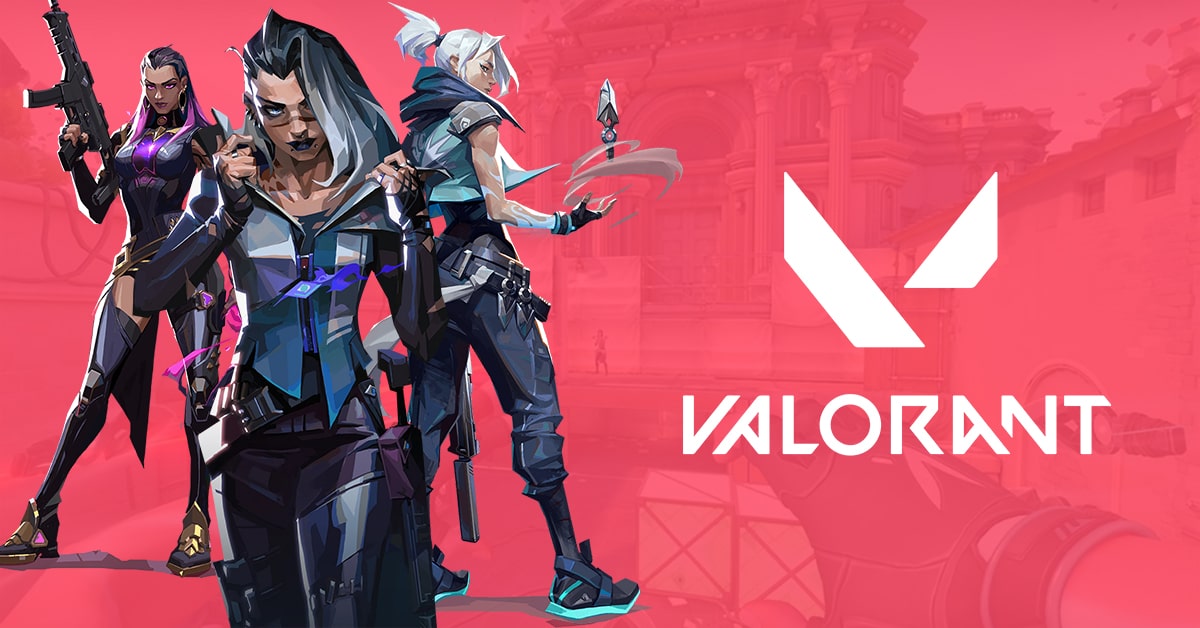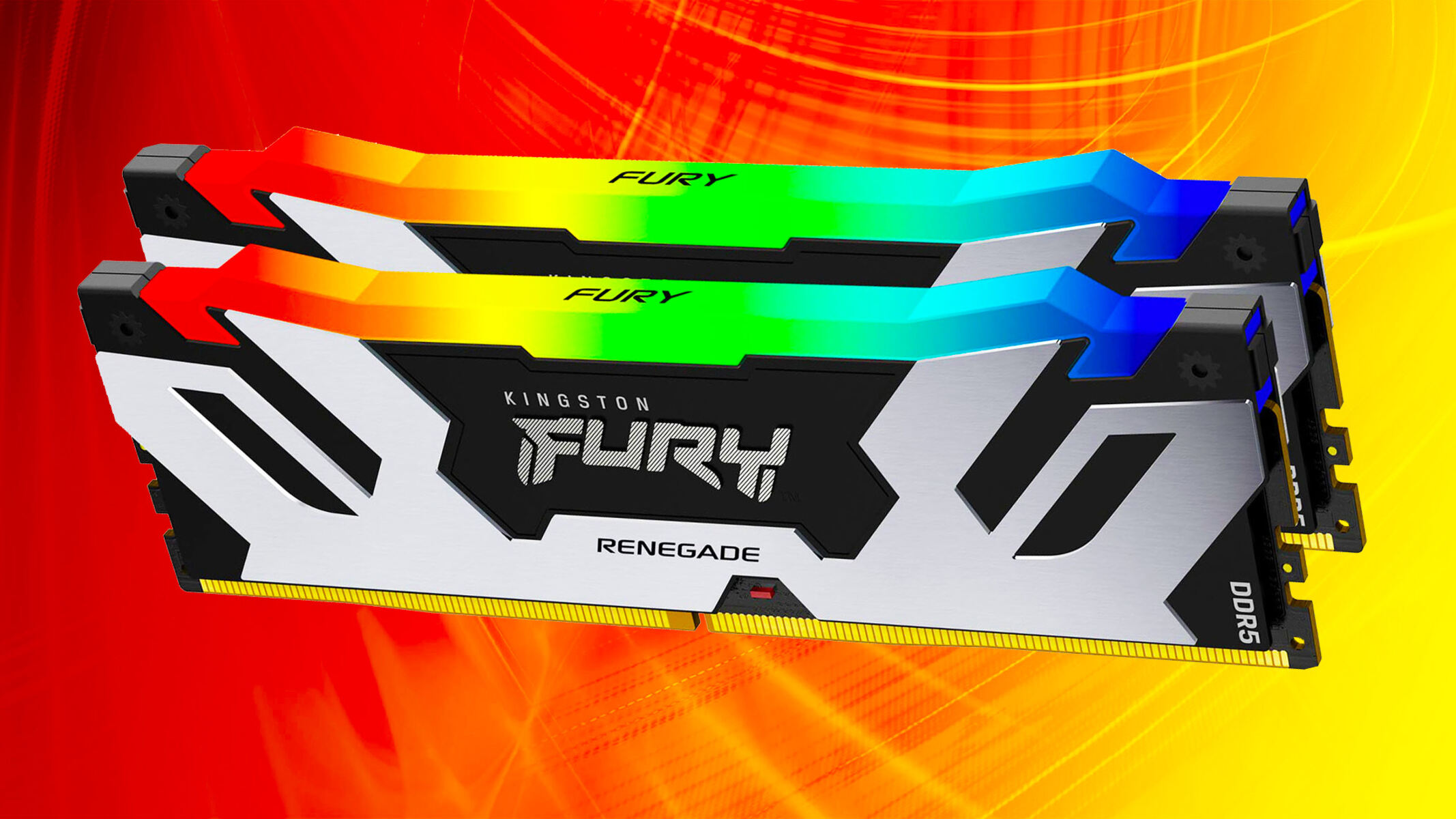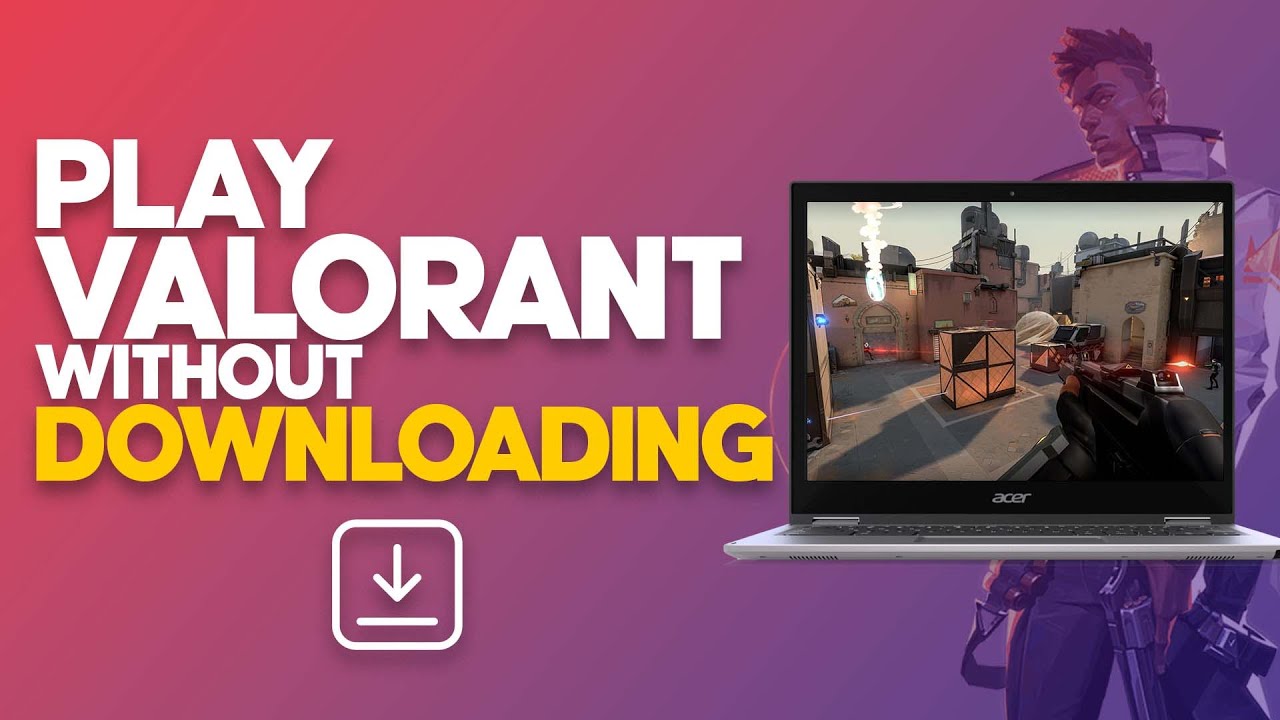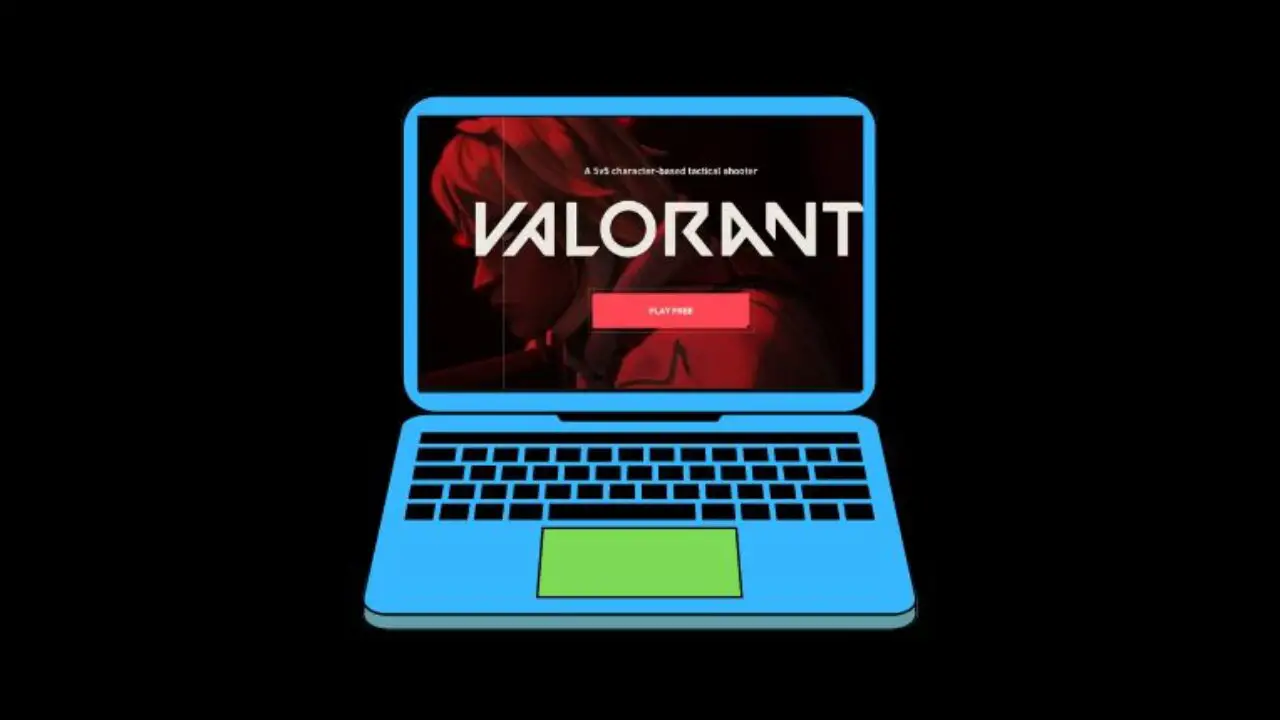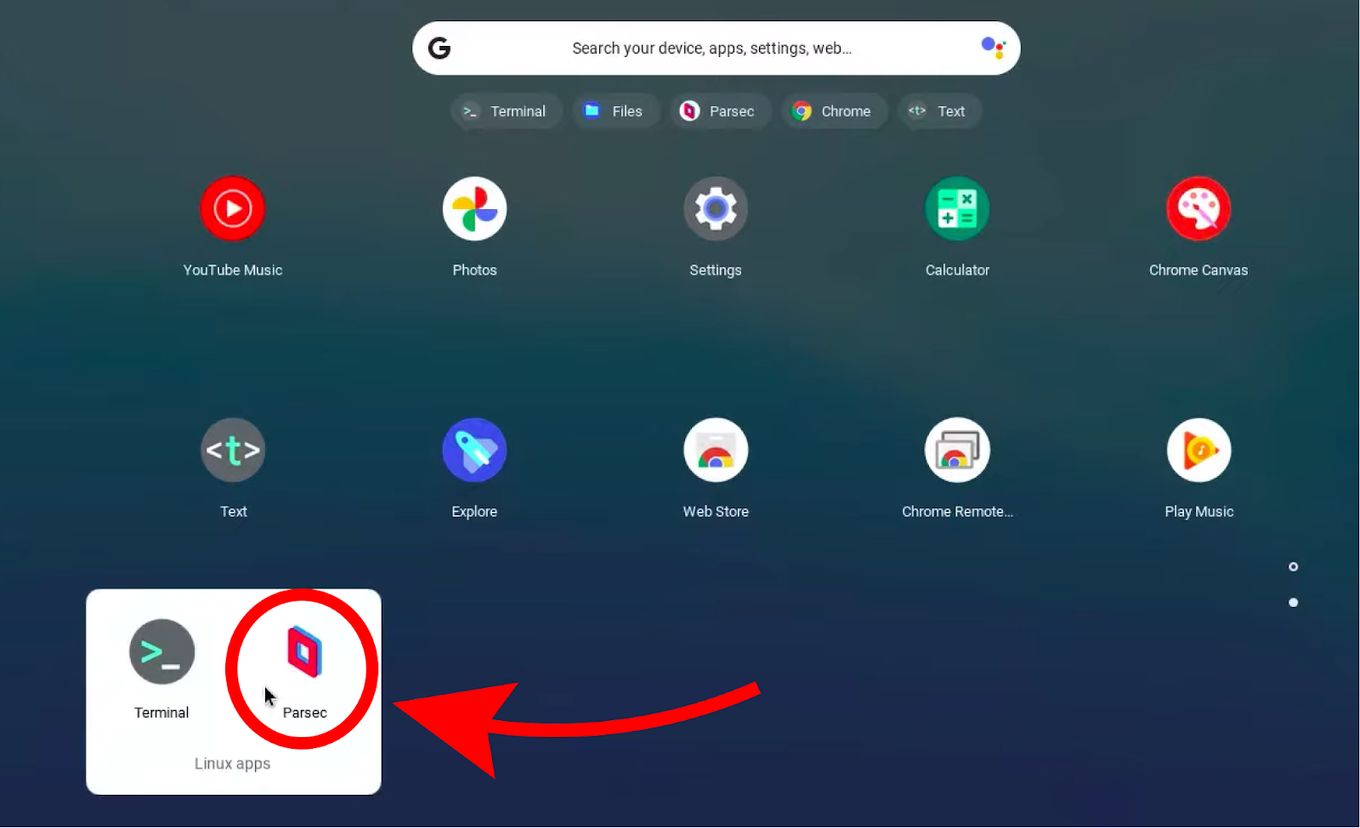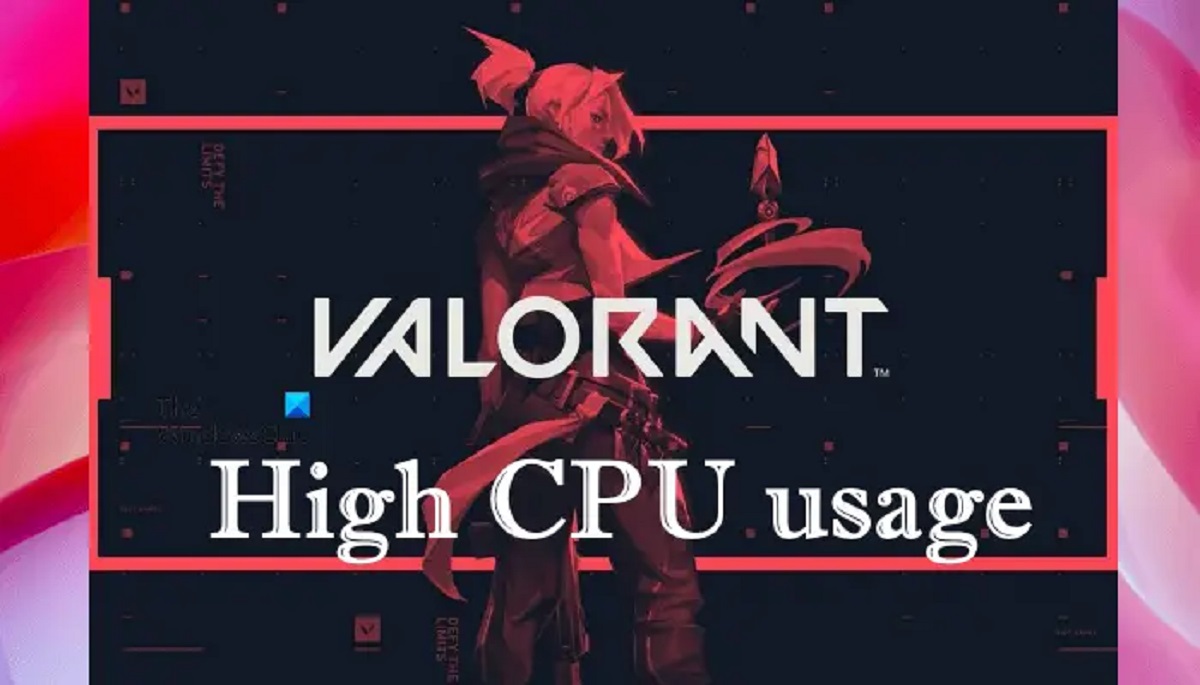Introduction
Valorant, developed by Riot Games, has become immensely popular among gamers since its release. This tactical first-person shooter game not only requires quick reflexes and strategic thinking but also relies on a well-optimized gaming system. One crucial component that affects the performance of Valorant is the RAM (Random Access Memory) of your computer.
RAM plays a vital role in storing and quickly accessing data required by the game. Insufficient RAM can lead to lag, stuttering, and overall poor gameplay experience. On the other hand, having the right amount of RAM ensures a smooth and seamless gaming session.
Understanding the optimal amount of RAM necessary for running Valorant is essential for gamers looking to optimize their gaming experience. In this article, we will explore the different RAM requirements for Valorant, ranging from the minimum to the recommended and the optimal configurations. We will also provide tips on how to check your system’s RAM and optimize its usage for Valorant.
Minimum RAM Requirements for Valorant
To run Valorant on your computer, Riot Games has provided minimum system requirements that include the amount of RAM needed for a smooth gameplay experience. The minimum RAM requirements for Valorant are relatively modest compared to more demanding games.
Riot Games recommends a minimum of 4GB of RAM to run Valorant. This amount of RAM should be sufficient to launch the game and play it at a basic level. However, it’s important to note that while the minimum requirement might allow the game to run, it may not deliver an optimal experience in terms of performance and seamless gameplay.
Keep in mind that Valorant is a multiplayer game, and playing it online with multiple players can put additional strain on your system’s resources. Therefore, if you are planning to engage in competitive multiplayer sessions, it is advisable to have more RAM than the minimum requirement to ensure a smooth and enjoyable gaming experience.
While 4GB of RAM is the minimum requirement, it is worth mentioning that the gaming experience can be further enhanced by having a higher amount of RAM. This is particularly beneficial when playing Valorant alongside other applications or processes running concurrently on your computer. Having more RAM helps prevent lag, stuttering, and other performance issues that can arise from memory constraints.
If you find that your computer meets the minimum RAM requirements but you are still experiencing performance issues in Valorant, consider upgrading your RAM to a higher capacity. Increasing your RAM can significantly improve the overall performance and gameplay experience of Valorant, especially when paired with other optimized components of your system.
Recommended RAM for Valorant
While the minimum RAM requirement for Valorant is 4GB, Riot Games recommends having 8GB of RAM for an optimal gaming experience. This increase in RAM capacity allows for smoother gameplay and helps maintain consistent performance, especially when playing in more competitive or demanding scenarios.
With 8GB of RAM, your computer can handle the game’s requirements while also managing other background processes more efficiently. This means you can have multiple applications running simultaneously, such as voice chat programs, web browsers, or game capture software, without experiencing significant drops in performance or gameplay issues.
The recommended 8GB of RAM provides a comfortable buffer for system resources, ensuring that Valorant runs smoothly and is not overly affected by any memory-related constraints. It allows for faster loading times, quicker rendering of graphics, and improved responsiveness, enhancing your overall gaming experience.
Moreover, the recommended 8GB of RAM future-proofs your system to some extent, as games and applications tend to become more resource-intensive over time. By having a higher RAM capacity, you can ensure that your computer remains capable of running Valorant and other demanding titles without requiring immediate hardware upgrades.
It’s worth noting that while 8GB is the recommended RAM for Valorant, some players may benefit from having even more RAM, especially if they have a more powerful gaming setup or plan to engage in advanced streaming or content creation alongside playing the game. Having 16GB or even 32GB of RAM can offer additional headroom for multitasking and resource-heavy tasks, improving overall system performance and responsiveness.
Ultimately, having the recommended 8GB of RAM for Valorant ensures a smooth and enjoyable gaming experience, with the ability to run the game alongside other applications without encountering major performance bottlenecks.
Optimal RAM for Valorant
While the recommended RAM for Valorant is 8GB, many gamers aspire to achieve the optimal gaming experience by investing in higher RAM capacities. The optimal amount of RAM for Valorant depends on various factors, including your gaming setup, background processes, and personal preferences.
For most gamers, having 16GB of RAM is considered the optimal choice for Valorant. This higher RAM capacity allows for a more seamless and immersive gameplay experience. With 16GB of RAM, you have plenty of headroom to run Valorant alongside other resource-intensive applications without encountering bottlenecks or performance issues.
The additional RAM capacity of 16GB is particularly beneficial for those who like to multitask while gaming. You can have multiple applications running simultaneously, such as streaming software, voice chat programs, or web browsers, without experiencing noticeable drops in game performance. This allows you to effortlessly switch between tasks while maintaining a smooth gaming experience.
In addition, having 16GB of RAM future-proofs your system and allows for smoother gameplay with upcoming game updates or more demanding titles. It ensures that your computer can handle not only Valorant but also other modern games that require a higher amount of system resources.
However, it’s worth noting that going beyond 16GB of RAM may have diminishing returns for Valorant alone. While some gamers opt for 32GB or even 64GB of RAM for their overall gaming needs, Valorant does not require such high capacities to run optimally. Investing in more RAM than necessary may not result in significant performance improvements specifically for Valorant.
Ultimately, the optimal RAM for Valorant lies in the balance between providing enough memory to handle the game and other concurrent processes, while also considering your budget and gaming requirements. 16GB of RAM offers a sweet spot for most gamers, providing a smooth and immersive gaming experience without breaking the bank.
How to Check your System’s RAM
Before determining the RAM requirements for Valorant and making any upgrades, it’s important to check how much RAM your system currently has. Here are a few simple methods to check your system’s RAM:
- Task Manager: On Windows, you can use the Task Manager to check your system’s RAM usage. Right-click on the taskbar and select “Task Manager” or press Ctrl+Shift+Esc to open it. In the Task Manager, go to the “Performance” tab and click on “Memory” to view the details of your system’s RAM.
- About this Mac: If you’re using a Mac, you can check your system’s RAM by clicking on the Apple menu in the top-left corner, selecting “About This Mac,” and then clicking on the “Memory” tab. This will display the amount of installed RAM on your Mac.
- System Information or System Profiler: Another way to check your system’s RAM on a Mac is by using the System Information utility or System Profiler. You can find these utilities by navigating to “Applications” > “Utilities” and opening either “System Information” or “System Profiler.” Look for the “Memory” or “RAM” section to view the details of your installed RAM.
By using one of these methods, you can quickly determine the amount of RAM installed on your system. It’s important to note that the displayed value may not represent the maximum amount of RAM your system can support. If you’re planning to upgrade your RAM, you should also check your motherboard’s specifications or consult your computer manufacturer’s documentation to determine the maximum supported RAM capacity.
Once you know the amount of RAM your system currently has, you can compare it with the recommended or optimal RAM requirements for Valorant to decide if an upgrade is necessary.
Tips for Optimizing RAM Usage in Valorant
To ensure smooth gameplay and avoid any potential performance issues related to RAM usage in Valorant, here are some helpful tips to optimize RAM usage:
- Close Unnecessary Background Processes: Close any unnecessary programs and processes running in the background, especially resource-intensive applications. This will free up RAM and allow Valorant to utilize more memory for a smoother gaming experience.
- Disable Startup Programs: Disable any unnecessary programs from starting up automatically when you boot your computer. These programs consume RAM in the background, even if you’re not actively using them.
- Lower Graphics Settings: Adjusting the graphics settings in Valorant can help reduce the strain on your system’s resources, including RAM. Lowering settings such as texture quality, shadow quality, and anti-aliasing can help free up more memory for smoother gameplay.
- Close Unused Browser Tabs: If you have multiple browser tabs open while playing Valorant, consider closing any tabs that you’re not actively using. Each open tab consumes system resources, including RAM.
- Limit Background Downloads and Updates: Avoid downloading large files or updating other software while playing Valorant, as these activities can consume a significant amount of RAM and impact game performance.
- Regularly Restart your System: Restarting your computer periodically helps clear out temporary files, refresh system resources, and optimize RAM usage. It can help prevent memory leaks and keep your system running smoothly.
- Keep your System Clean: Perform regular system maintenance, such as disk cleanup and malware scans, to keep your system optimized. This helps prevent unnecessary memory usage caused by junk files or malware processes.
By implementing these tips, you can optimize RAM usage in Valorant and ensure a smoother gaming experience. Remember to periodically check your system’s RAM usage while playing, and if necessary, consider upgrading your RAM to meet the recommended or optimal requirements for Valorant.
Conclusion
In conclusion, the amount of RAM you have in your computer plays a significant role in determining your gaming experience in Valorant. While the minimum requirement is 4GB, it is highly recommended to have at least 8GB of RAM for optimal performance in the game. This allows for smoother gameplay, faster loading times, and the ability to multitask without encountering significant performance issues.
For those seeking the best possible experience, having 16GB of RAM is considered optimal. This higher capacity ensures seamless gameplay even with resource-intensive tasks running simultaneously. It future-proofs your system and allows for smoother performance in upcoming updates or more demanding games.
Checking your system’s RAM is easy by using tools like Task Manager on Windows or About This Mac on macOS. By knowing your current RAM capacity, you can evaluate whether an upgrade is necessary and choose the right amount based on the recommended or optimal requirements for Valorant.
Remember to optimize your RAM usage by closing unnecessary background processes, lowering graphics settings, and limiting background downloads. Regularly restarting your system and keeping it clean through maintenance tasks can also contribute to optimal RAM usage and overall system performance.
By understanding and meeting the RAM requirements for Valorant, you can ensure a smooth and enjoyable gaming experience, allowing you to fully immerse yourself in the fast-paced and strategic world of Valorant.









